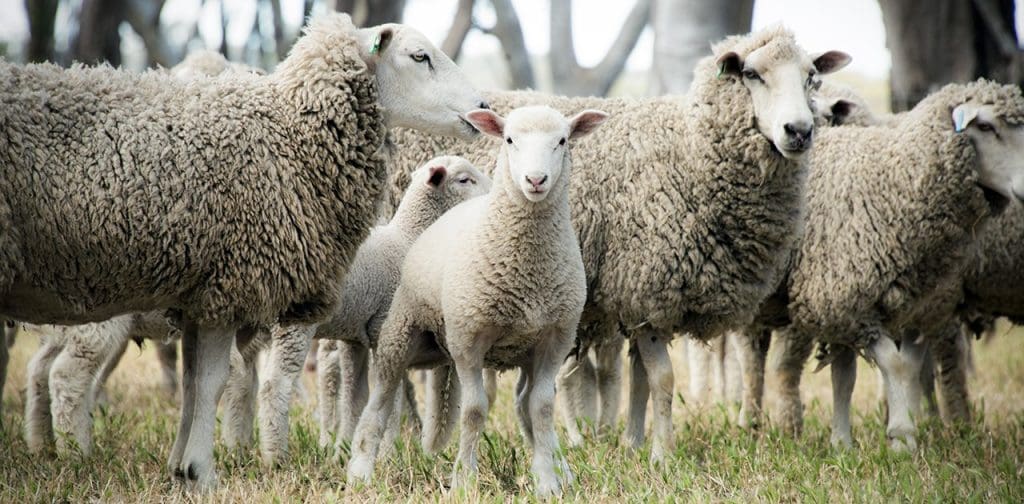
MORE than half recently surveyed lamb producers have delayed selling 2022 drop lambs due to floods, weather, lower prices and changing priorities, but plan to market them early this year, according to Meat & Livestock Australia.
The latest survey data from sheep and wool producers shows that floods and weather hampered lamb selling in the final months of 2022, but that producers are planning to make up this shortfall in the first half of 2023.
When taking account of the lamb flock sizes, the MLA analysis indicates that 2022 lamb sales were closer to 8.75 million than the planned 11.84m.
MLA market information analyst Jenny Lim said at the farm level, this was a 29 percent decline in the average proportional change in lamb sales, underscoring the impact that floods and challenging weather, lower lamb prices and marking rates have had on producer behaviour.
“The results also highlight that some producers are taking an agile approach to their lamb sales, adjusting their position based on other intervening factors,” Ms Lim said.
The holding back of lambs has now led to 55pc of surveyed producers expecting to sell more lambs in the first half of 2023 across most states and all farm sizes.
This translated to an increase of 3.27m lambs to be sold on the estimates from the October survey, total of 13.44m, in the first half of 2023, MLA said.
The latest survey data has been published in the Sheep Producer Intentions PULSE survey (formally known as the MLA and AWI Sheepmeat and Wool survey). This survey provides updated information that builds on the October 2022 full Sheep Producer Intentions Survey.
The revamped Sheep Producers Intentions Survey was re-launched in October 2022 to measure and report on flock population, demographics, sheepmeat and wool supply information and producer production intentions.
Data was collected across several topics; however, the focus of the October 2022 survey was specifically on the lamb flock of producers and their intentions for the remainder of the spring flush and onward to June 2023.
The October 2022 survey reported on an estimate of the planned and forecasted lamb sales covering three time periods:
- Reported sales: sales of lambs that had been made up to the point of the producer completing the October survey – that is sometime between 29th September to 24th October 2022.
- Planned sales: this was a producer estimate of the sales to be made in the remaining spring flush and the period up to 31 December 2022.
- Forecast sales: this was a producer forecast of their lamb sales across the first half of 2023 (January to June).
The latest pulse survey data showed that the majority of producers made some change to their planned 2022 sales volumes:
- 51pc sold fewer lambs than expected in this period
- 13pc reported they sold more lambs than expected
- The remaining 36pc sold the number of lambs they planned.
According to Ms Lim, reasons behind the 51pc of producers reporting they sold fewer lambs were varied, but essentially broke down into four key explanations.
“Floods and other challenging weather conditions impacted many producers’ ability to achieve the targeted lamb performance.
“Other producers cited that lamb prices were below expectations and fewer lambs than expected were available,” she said.
“Some producers noted that on-farm priorities overtook their lamb sales processes.”
View a full copy of the February PULSE survey here.

HAVE YOUR SAY